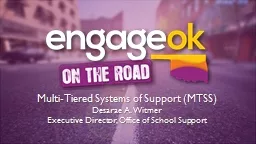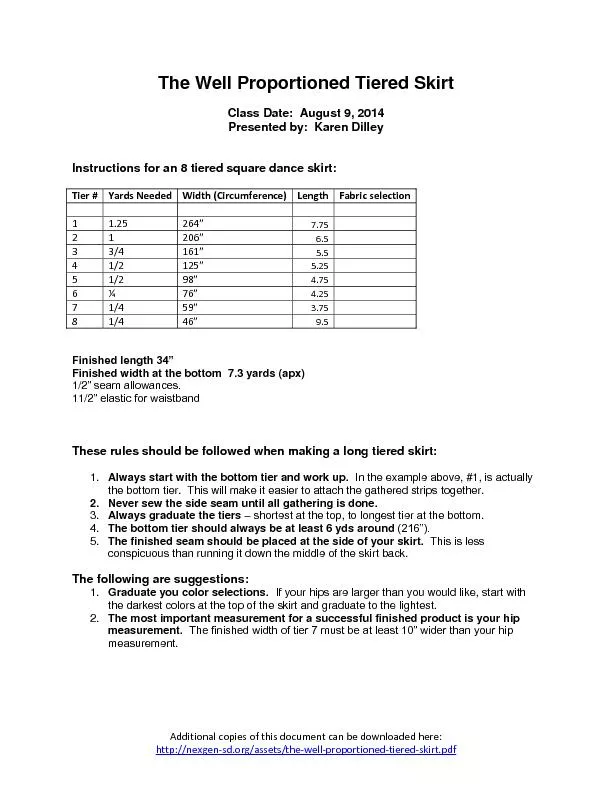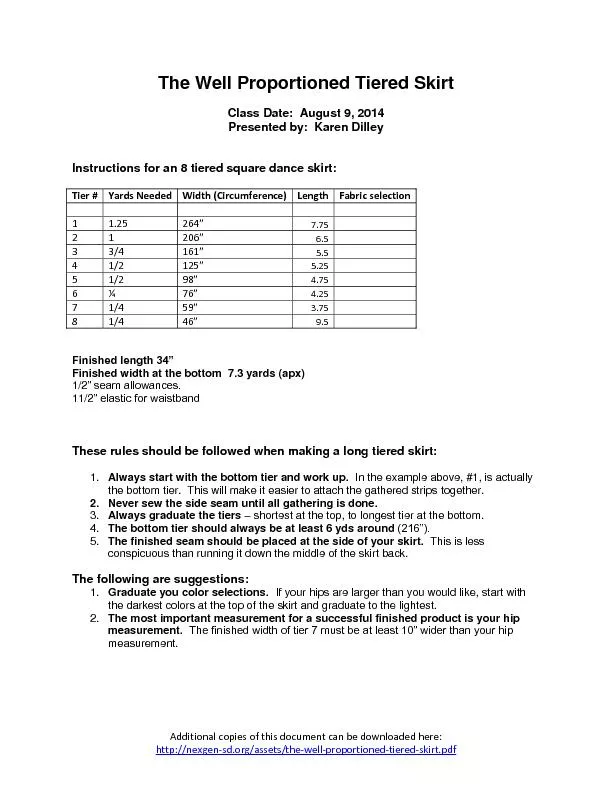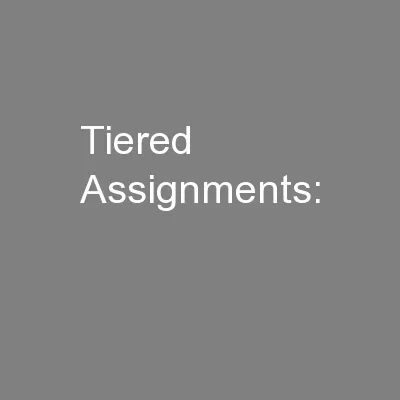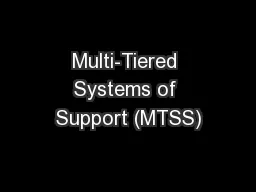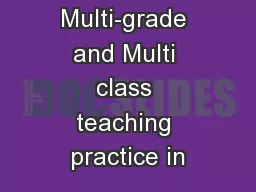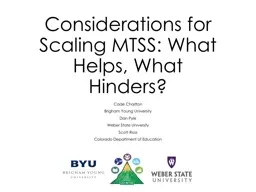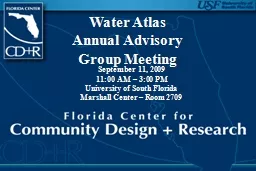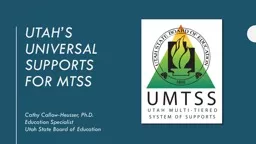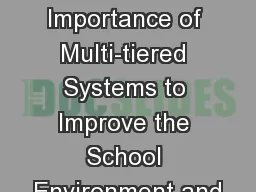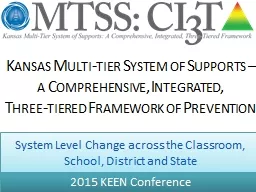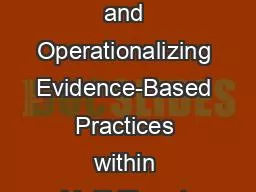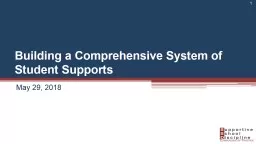PPT-Multi-Tiered Systems of Support (MTSS)
Author : jane-oiler | Published Date : 2018-01-10
Desarae A Witmer Executive Director Office of School Support If those within the school believe that the causes of student learning lie outside their spheres of
Presentation Embed Code
Download Presentation
Download Presentation The PPT/PDF document "Multi-Tiered Systems of Support (MTSS)" is the property of its rightful owner. Permission is granted to download and print the materials on this website for personal, non-commercial use only, and to display it on your personal computer provided you do not modify the materials and that you retain all copyright notices contained in the materials. By downloading content from our website, you accept the terms of this agreement.
Multi-Tiered Systems of Support (MTSS): Transcript
Download Rules Of Document
"Multi-Tiered Systems of Support (MTSS)"The content belongs to its owner. You may download and print it for personal use, without modification, and keep all copyright notices. By downloading, you agree to these terms.
Related Documents

